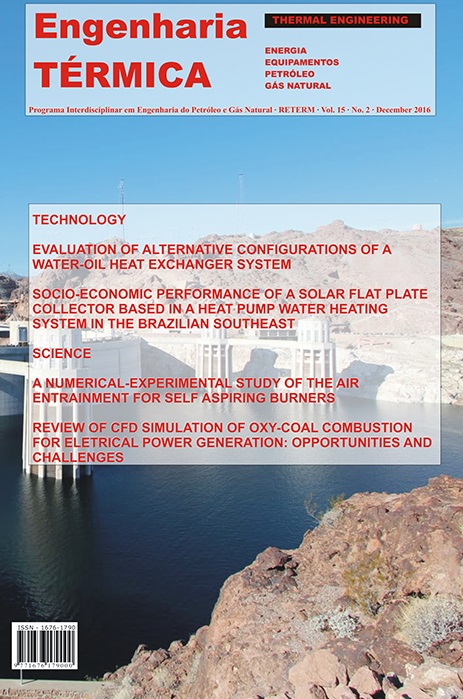CASE STUDY: THE LIGNOCELLULOSIC COMPONENTS INTERFERENCES IN THE THERMAL BEHAVIOR OF BRAZILIAN SAVANA BIOMASS
DOI:
https://doi.org/10.5380/reterm.v15i2.62172Keywords:
biomass composition, bioenergy, baru, jatobá, pequiAbstract
The residual biomass has become increasingly important in the energy scenario due to its energetic potential and easy acquisition in isolated communities. The heterogeneous nature of biomass makes the analysis of its composition a relevant factor in the development of thermochemical processes. Several researchers show that understanding this heterogeinidade of biomass can be a strategy for optimization and search efficiency of thermochemical processes, since it is possible to predict the results and in addition, the reactor design based on the characteristics of biomass. In this context, the purpose of this work was to study the behavior of three biomass of the Brazilian savana - Dipteryx alata (baru), Hymenaea stigonocarpa (jatobá-do-cerrado) and Caryocar brasiliense (pequi), comparing the lignocellulosic results with the thermal behavior obtained by thermogravimetric analysis. The analysis were compared with results of several researchers, confirming that those analysis are parameters that influence the yield of the desired product. The results of this work elucidate that the moisture and extractives content of pequi is greater than the other biomass and that the temperature peak of cellulose and lignin from all biomass in this study are quite close. However, the hemicellulose’s temperature peak of pequi is lower than baru and jatobá’s temperature peak. Moreover, the results showed that the composition of the lignocellulosic biomass is an extremely important factor in selecting the greater reactivity material.
Downloads
Published
How to Cite
Issue
Section
License
Direitos Autorais para artigos publicados nesta revista são do autor, com direitos de primeira publicação para a revista. Em virtude da aparecerem nesta revista de acesso público, os artigos são de uso gratuito, com atribuições próprias, em aplicações educacionais e não-comerciais.



